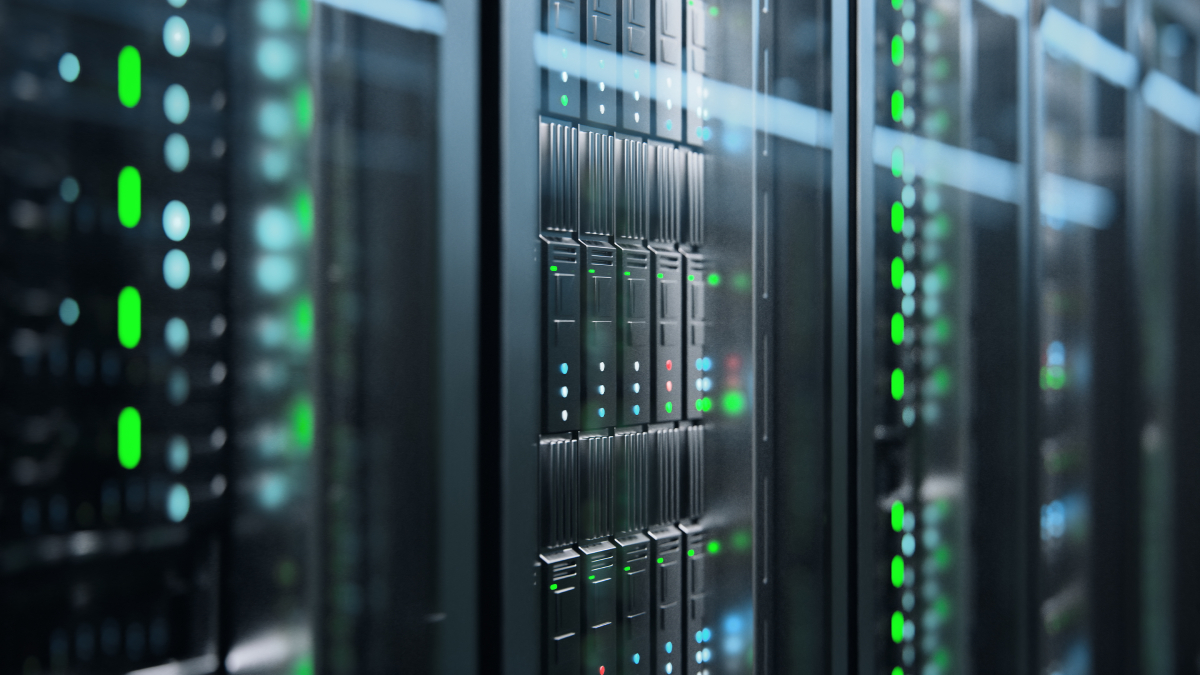Jason Koffler, CEO, Critical Power Supplies, explores the need for sustainable power solutions in data centres, outlining steps we need to take toward greener operations.
There has been a shift in the world of data centres. Not in their imperative nature, nor in their importance to critical business operations. What has shifted is the understanding that more sustainable solutions are needed when it comes to reducing the enormous amount of power consumption and the wider effect on the environment. Every year, 2-3 TWh of power is used by the data centre industry in the UK alone. As such, sentiment has swayed and more questions are being asked about what needs to be done, how, and by when.
Despite the aspiration to reinvent the data centre landscape, the roadblock is knowing where to start. What may appear as a vital step towards net zero to some, feels like an expensive leap of faith to others. When it comes to ensuring both the sustainability and the resilience of power infrastructures, those in charge of data centres are finding themselves facing challenges linked to cost and choice, compounded by a lack of guidance. Being a disruptor to the status quo can be a daunting endeavour. However, I believe there are steps that can be made to start this journey off on the right foot.
Taking the right steps
Firstly, there needs to be more accessible information and guidance, so data centre managers and their facilities teams have a roadmap. Next, there needs to be an element of incentivisation, or at the very least a sense of urgency, to encourage early adopters and advocates of emerging technologies. Then there’s the accountability piece – who is going to get behind the wheel, and how are they going to drive this forward? The approach is as important as the commitment to get going in the first place. It’s not so much a burden as it is a challenge to be relished. The more people and organisations recognise just how exciting this is, the faster the pace of acceleration.
Making an investment
Marching us forward into a better powered future that benefits both the planet and the people living on it requires significant investment in both financial and operational terms. Legislative and funding overhaul is required to make this possible. But rather than wait for government, which may slow or stifle progress, industry can and should do its bit to start making a difference right now. Incremental changes are better than no changes.
The good news is that innovation breeds innovation and there are already technologies and power systems in place that can help data centres get greener while they wait for the policies that will enable the deployment of smart grids, advanced metering infrastructure, energy storage, and demand response programmes.
Various technologies and solutions that support the efficient and sustainable operation of data centres – including but not limited to AI, predictive power, and digital twins — are just some of the things that continue to transform the power sector, and all of them rely on quality, abundant, and often real-time data to function optimally.
Decarbonising the built environment and transitioning to renewable energy sources is not going to happen overnight. While this transformation takes place, the existing infrastructure may sporadically collapse under the stresses and strains that will accompany the overhaul.
Managers of data centres know better than anyone how vital business continuity is. The role of Uninterruptible Power Supplies (UPS) plays a lead role in this regard. They have saved the day by ensuring data centre continuity, protecting critical equipment in healthcare facilities, and preventing data loss in financial institutions. Investing in robust UPS infrastructure not only mitigates financial losses but also maintains customer trust and operational efficiency.
Implementing sustainable energy storage systems is another tool in the armoury to ensure continuity. During periods of low demand, excess energy can be stored for use later if needed, acting as a vital backup solution that can be tapped into during peak or higher demand periods, or if there is any unexpected power disruption or impact. UPS and energy storage systems will ensure business sustainability while environmental sustainability gains momentum.


